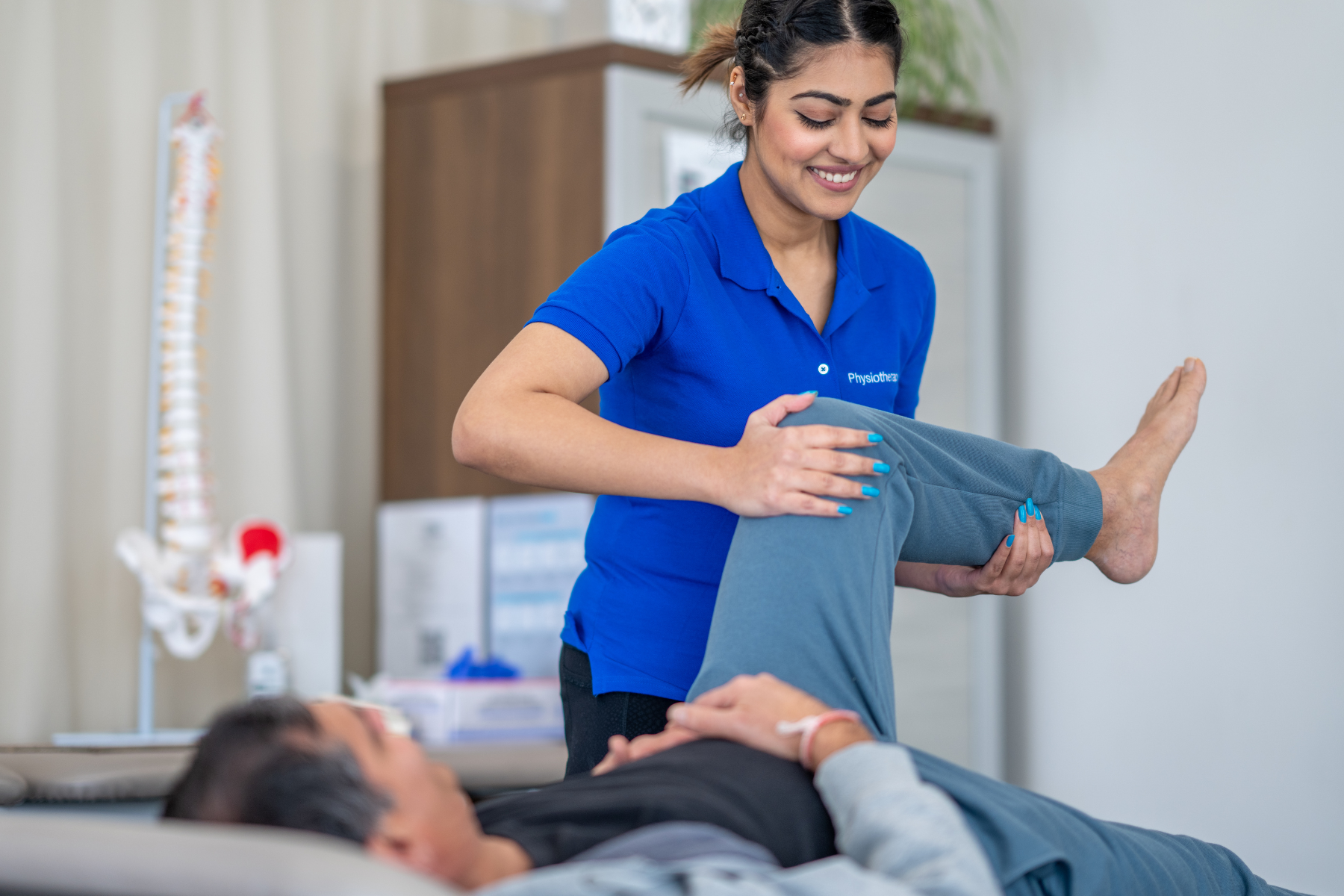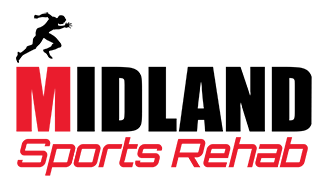“Does this cause pain?”
“How about now?”
“Now, try moving this way and let me know if it hurts.”
These phrases may sound familiar if you’ve ever visited a chiropractor for an injury or assessment. But have you ever wondered why they’re asking those questions and performing those specific tests? Let’s dive into the reasoning behind chiropractic evaluations.
Chiropractic Evaluations & Exams
Once your sports chiropractor gathers a thorough medical history—asking what feels like 100 detailed questions—they proceed with a physical examination. The history you provide plays a crucial role in helping us develop a diagnosis. This is why the initial visit with your chiropractor should never be rushed. A quick five-minute consultation often isn’t enough, and “Can you just check this quickly?” shouldn’t be an expectation.
The physical exam typically involves a combination of active and passive range of motion testing, strength assessments, neurological chiropractic evaluations, and specific orthopedic tests. Depending on your symptoms, there may be additional steps involved. For instance, if you’re dealing with headaches, vertigo, or anything brain-related, we include a cranial nerve exam. The combination of all these test results and the history then leads to the diagnosis. Of course, imaging could be used as well.
Range of Motion Testing
Range of motion (ROM) assessments offer valuable insights into how much movement you can achieve, the pain you experience during it, and the quality of your motion. Pain can affect both active movement (where you do the movement on your own) and passive movement (where the chiropractor moves the affected area through the range of motion). When and where the pain starts throughout motion also provides insight into what structures are affected and how the stress imposed is impacting the tissue. Finally, the quality of the movement—whether it’s an injured area or not—helps provide better information about how the patient moves and how that may be resulting in upstream or downstream issues. For instance, if your hips aren’t moving properly, it may be causing or even worsening your low back pain.

Chiropractic evaluations and exams at Midland Sports Rehab and Freeland Sports Rehab in Midland, Freeland, and Saginaw
Neurological Testing
A neurological exam is vital in assessing both neurological and non-neurological conditions. This exam usually includes reflex testing (such as the reflex hammer), muscle strength assessments (to check for weakness), sensory tests (for heightened or reduced sensitivity), balance and proprioception tests (to identify dizziness or instability), cranial nerve checks, and occasionally screening for serious conditions (also called “red flags”). These tests can help identify significant concerns like strokes, cauda equina syndrome, brain issues, or severe neurological deficits. Though some of these tests may seem odd (like tapping with a reflex hammer or having you follow a pen with your eyes), they provide critical information about brain and nerve function or potential disc problems. For example, if you experience low back pain or neck pain, the information from these tests can inform us of what is the underlying cause of your pain.

Chiropractic evaluations and exams at Midland Sports Rehab and Freeland Sports Rehab in Midland, Freeland, and Saginaw
Orthopedic Examination
Orthopedic tests are designed to give us insight into which specific anatomical structures may be injured or affected. While these tests aren’t foolproof and some believe they should be discarded, we still find them useful. They help us confirm or rule out potential diagnoses. These tests stress the affected area and can identify pain, clicking, popping, or weakness. They are an essential part of a sports chiropractor’s toolkit, and we study them extensively. Rushing through this process can mean missing key details. Including whether you have a fully torn rotator cuff or a partial strain, or distinguishing between a torn or sprained ACL. Every step in the process matters, and we make sure to take the time needed for accurate chiropractic evaluations.

Chiropractic evaluations and exams at Midland Sports Rehab and Freeland Sports Rehab in Midland, Freeland, and Saginaw
In Conclusion
As you can see, there’s no one-size-fits-all approach to chiropractic evaluations for injuries or pain. Different chiropractors and other sports providers may use varying methods. Plus, each patient may require a unique combination of tests or assessments. That’s why it’s called “practice”—there is no universal right way to do it. However, here at Midland Sports Rehab and Freeland Sports Rehab in Midland, Freeland and Saginaw, MI, we work to establish a consistent approach to ensure the best outcomes for everyone we treat. If additional tests are needed to provide optimal care, we don’t hesitate to refer you to the right specialists. In fact, our clinic offers physical therapy, massage therapy, acupuncture, and assisted stretching, and we refer patients to the service that best suits their needs.
Healthcare can be complex and, at times, confusing. However, our goal at our Mid-Michigan clinics is to provide clarity and ensure you have the best possible experience. When things aren’t fully explained, it’s easy for misunderstandings and frustration to arise, and we aim to eliminate that.
If you’re looking for a healthcare experience where we take the time to provide in-depth explanations and ensure you’re fully informed throughout the process, Midland Sports Rehab and Freeland Sports Rehab is here to help.
We look forward to assisting you on your journey to recovery and pain-free movement!

